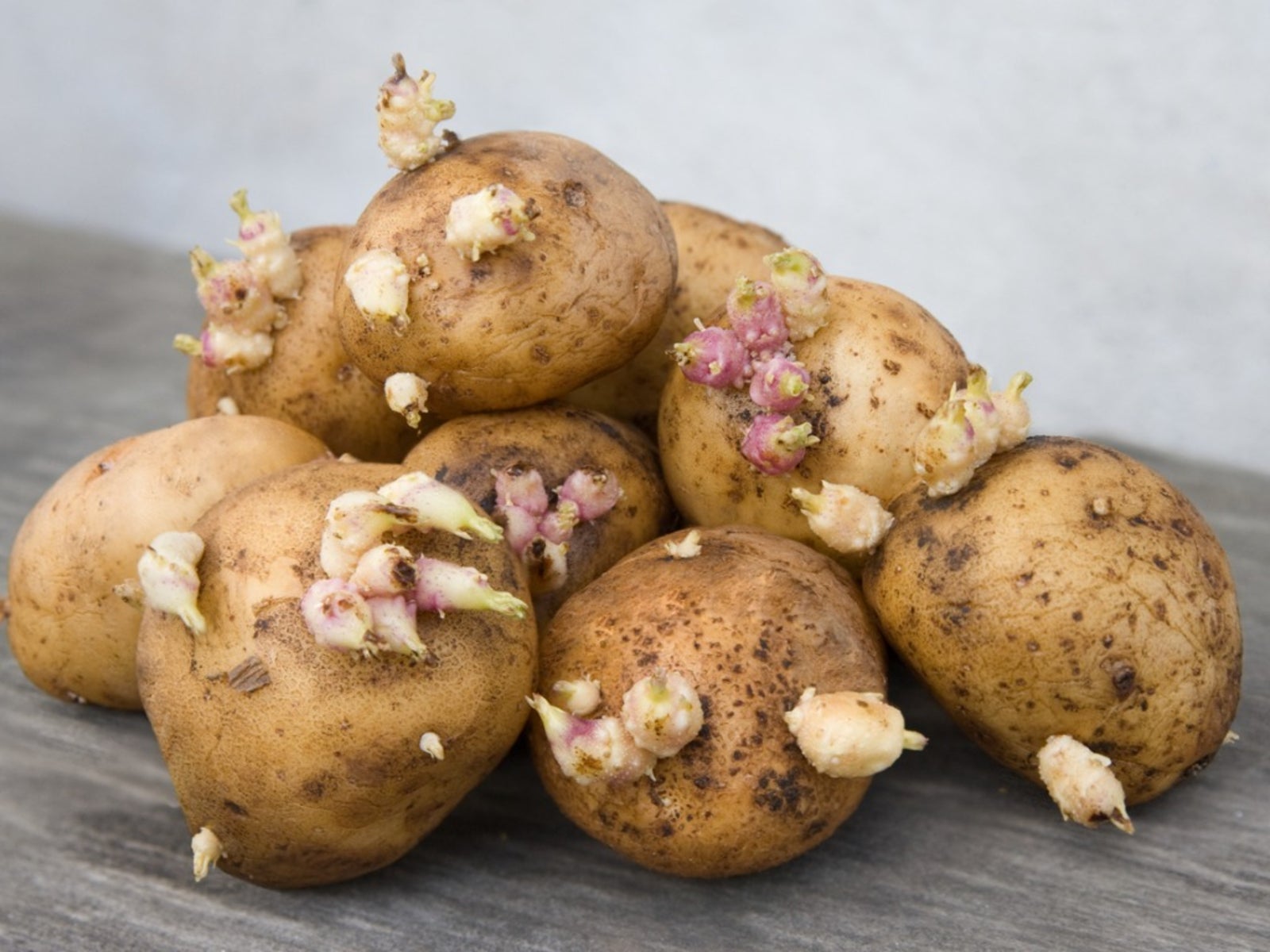Wandering through the woods, you spot what appears to be a small, lumpy potato poking up from the leaf litter. Upon closer inspection, you realize it’s not a vegetable at all, but rather a fungus mimicking the appearance of a potato. While edible wild mushrooms can be foraged if identified correctly, fungi that resemble potatoes are often poisonous and should be avoided.
The Deceptive Earthball
One of the most common fungal imposters is the earthball mushroom, known scientifically as Scleroderma. With its round, lumpy shape and dull tan color, it’s easy to mistake an earthball for a tasty tuber. However, this is a potentially dangerousdoppelganger.
Earthballs belong to a group known as “gasteromycetes” or “stomach fungi.” Unlike mushrooms, they don’t have gills on the underside of their caps. Instead, earthballs contain powdery spores within their inner flesh. Scleroderma species spread their spores by cracking open irregularly once mature.
While not deadly, earthballs can cause severe gastrointestinal issues if ingested. Consuming even a small amount may lead to intense vomiting, making them a mushroom to avoid.
The Tricky Potato Earthball
Perhaps the most potato-like earthball is Scleroderma bovista, commonly called the “potato earthball.” Aptly named, this fungus looks like a lumpy, dirt-encrusted potato pushing up from the soil. Its skin is tan and covered in brownish warty scales, adding to its tuber disguise.
Inside, the potato earthball’s flesh is marbled white at first before turning dark purple-brown in maturity. Its powdery spores are brown and round, with tiny spines covering their surface. This is one earthball that can fool even experienced foragers due to its uncanny resemblance to an actual potato.
Don’t Be Fooled by the Common Earthball
Another deceiving doppelganger is Scleroderma citrinum, known as the “common earthball.” It has yellowish, scaly skin and tends to fruit in mossy woods and forests. This species is so convincing it has been passed off as truffles in the past, despite its toxicity.
The common earthball’s interior starts off white before transforming into a purplish-black spore mass. When it ruptures, powdery black spores are dispersed into the environment. Consuming any part of this fungus leads to severe gastrointestinal problems, so it’s vital to properly identify it.
Lookalikes Versus Lookalikes
While earthballs pretend to be potatoes, other toxic fungi mimic the appearance of safe, edible species. For example, the “false morel” Gyromitra esculenta looks similar to the sought-after morel mushroom but contains toxins that can be fatal if eaten raw.
There are also poisonous Amanita mushrooms that closely resemble choice edible species. Consuming a death cap mushroom for instance can be lethal due to its amatoxins. Err on the side of caution if an edible mushroom lookalike is discovered.
When in Doubt, Throw it Out
It’s easy to be fooled by fungi that resemble wild edibles. From young puffballs to mature earthballs, potatoes to morels, mimics abound in nature. One small nibble of a toxic lookalike can cause hours of agony.
The earthballs that play the role of tubers are some of the most convincing poisonous imposters out there. Their warty brown skin and lumpy shape screams potato, but consuming one would be an unhealthy choice.
When foraging for fungi, remember the old adage “When in doubt throw it out.” Proper identification is essential to avoid poisoning. If a mushroom gives you pause, don’t eat it! Foraged food should only be consumed if identified with 100% certainty. With fungi it’s better to be safe than sorry.
Identification Tips for Earthballs:
- Irregularly shaped, not evenly round
- Dull tan, yellowish or brown color
- Covered in warty scales or bumps
- No gills or stem
- Inner flesh marbled or powdery
- Grows in woods and forests
Safe Alternatives:
- Cultivated potatoes from the grocery store
- Wild berries like blackberries or raspberries
- Dandelion greens
- Chickweed
- Wood sorrel
When searching for wild edibles, stick to easily identified species. Be especially cautious with fungi, as poisoning risks abound. Avoid any suspicious “potatoes” discovered outdoors, and forage safely!
Blight: 5 Ways to Control Potato Blight (Late Blight)
FAQ
What type of mushroom looks like a potato?
How do you get rid of earthballs?
What are the symptoms of earthballs?
Is Scleroderma cepa poisonous?
- A Complete Guide to Caring for Yuki Cherry Blossom Shrub - January 23, 2025
- Identifying Red Hot Poker Seeds: What to Look For When Harvesting Torch Lily Pods - January 23, 2025
- A Complete Guide to Harvesting Evening Primrose Seeds - January 23, 2025

